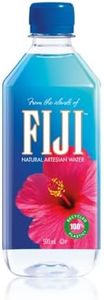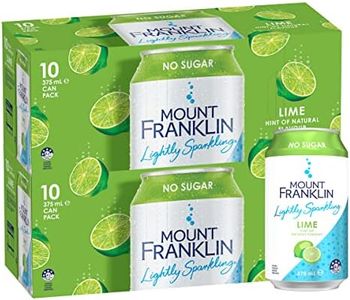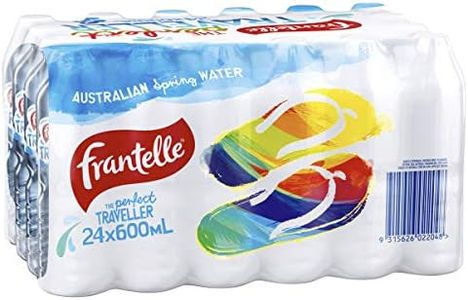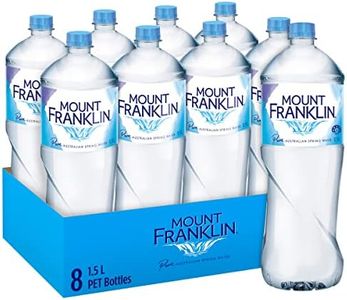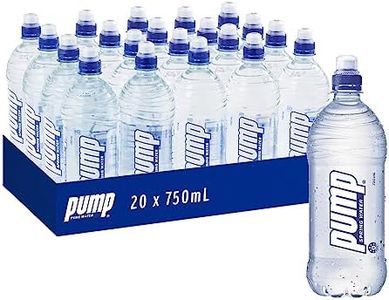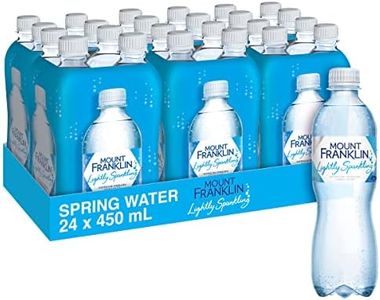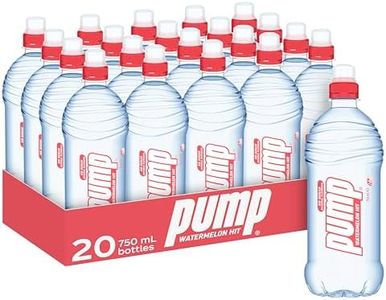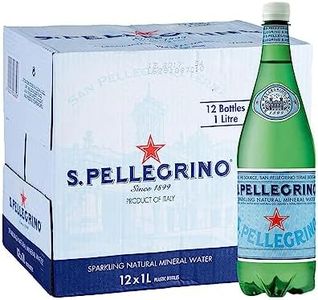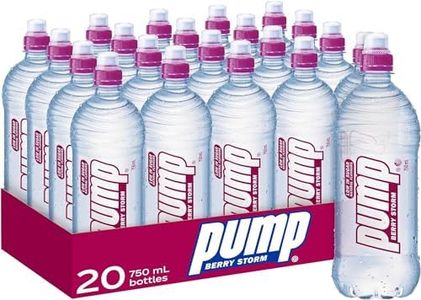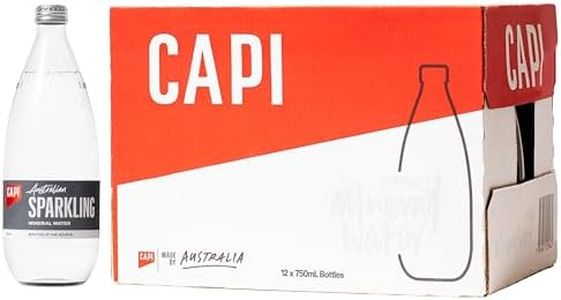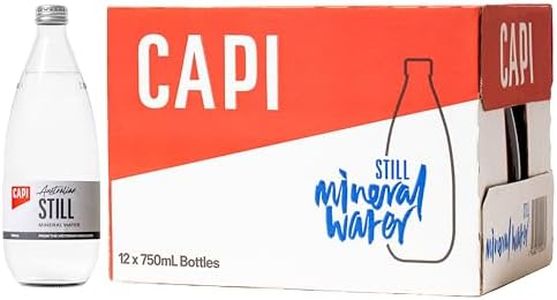We Use CookiesWe use cookies to enhance the security, performance,
functionality and for analytical and promotional activities. By continuing to browse this site you
are agreeing to our privacy policy
10 Best Bottled Waters
From leading brands and best sellers available on the web.#1
Winner
Buying Guide for the Best Bottled Waters
Choosing the right bottled water may seem straightforward, but there are several differences to keep in mind to ensure you get the best option for your needs and preferences. Bottled waters come in various types and are sourced and treated differently. Knowing which aspects to consider can help you make a healthy and enjoyable choice whether you’re buying water for daily hydration, special occasions, or specific health concerns.Source of WaterThe source determines where the water comes from—commonly spring, mineral, purified, well, or artesian sources. Spring and artesian waters are naturally sourced, while purified water typically comes from municipal sources and undergoes extra purification. This is important as it can impact both taste and mineral content. If you prefer a naturally occurring mineral composition, spring or mineral water is your go-to; for the most neutral and consistent taste, purified water works best. Choose according to whether you prioritize natural contents or just want a reliable, clean-tasting drink.
Mineral Content (TDS - Total Dissolved Solids)Mineral content, often labeled as TDS, refers to the amount of dissolved minerals like calcium, magnesium, and sodium in the water. This impacts both taste and health properties. Low TDS means a crisp, almost flavorless taste; higher TDS levels can result in a more robust, mineral-rich flavor. For everyday drinking or those with dietary restrictions, low to medium TDS is often preferable, while people seeking richer flavors or specific mineral boosts might prefer higher TDS water.
pH LevelThe pH level tells you how acidic or alkaline the water is, usually ranging from about 6.5 (slightly acidic) to 8.5 (alkaline). This can affect the flavor—lower pH can taste a bit tart, while higher pH is smoother and less 'sharp.' If you have health preferences or sensitivities, or if you enjoy a certain taste profile, choose a water with a pH that matches your needs. Most people are fine with neutral (around 7), but those seeking 'alkaline' water may look for higher values.
Bottle MaterialBottled water can come in plastic, glass, or sometimes metal bottles. This affects both taste and environmental impact. Plastic bottles are lightweight and convenient, but some people notice a slight taste, especially if left in heat. Glass preserves taste best and is reusable but heavier and more fragile. Pick a material based on whether you prioritize portability, taste preservation, or eco-friendliness.
Bottle SizeBottled water is available in many sizes, from small single-serves to large containers for home or office use. The right size depends on your intended use: small bottles are great for on-the-go hydration, while larger ones suit long trips or group settings. Consider how and where you'll be using the water when choosing the size.
Additives and Enhanced WatersSome waters are fortified with vitamins, minerals, or flavors, often labeled as 'enhanced' or 'functional' waters. These can offer extra nutrition or unique flavors, which may be appealing if you need more specific nutrients or enjoy flavored drinks. Think about whether plain water suits your needs or if you’d benefit from fortified options.
